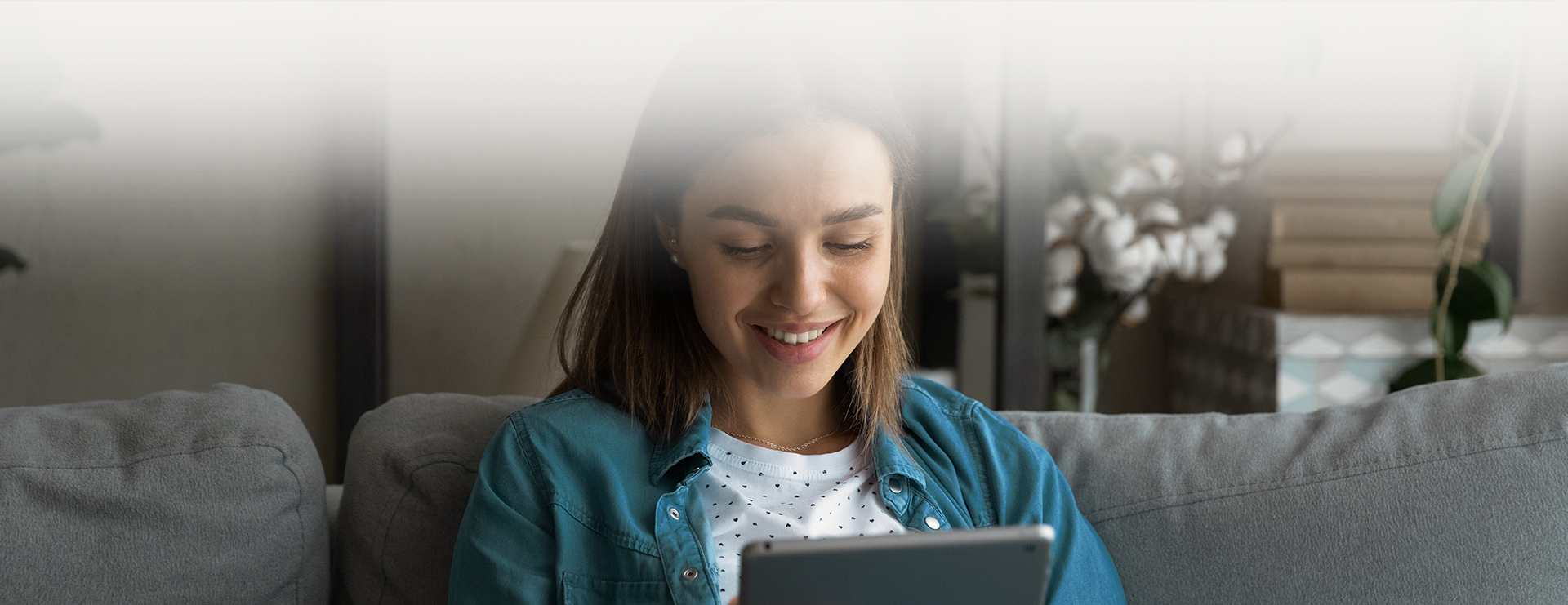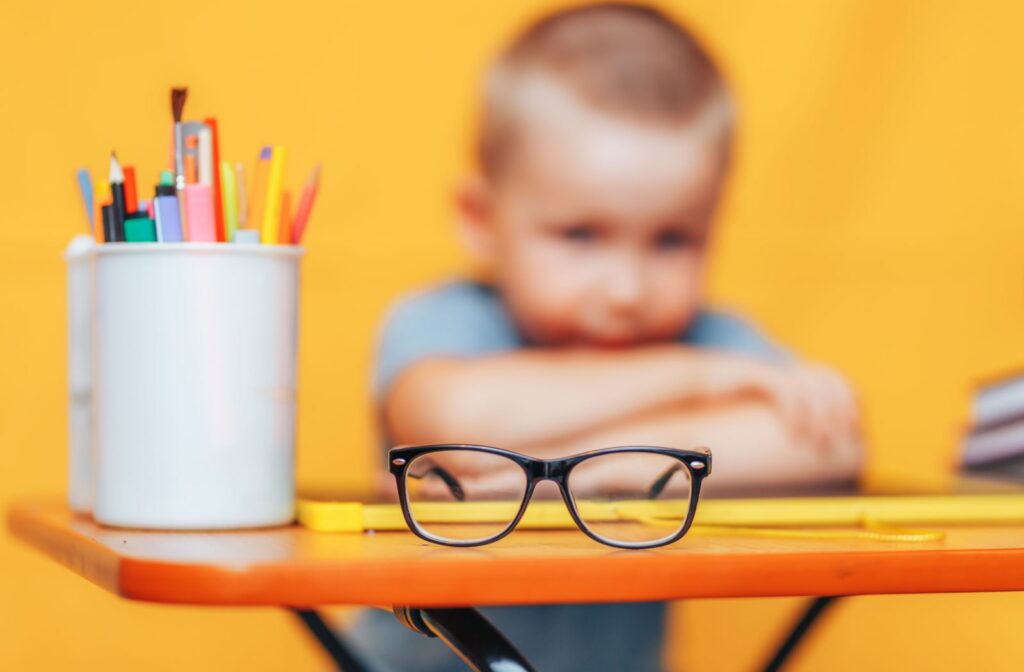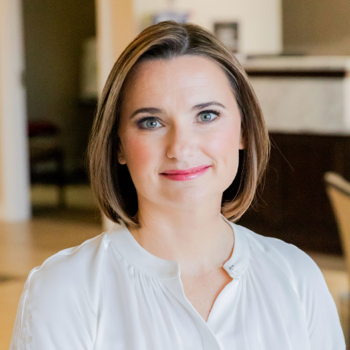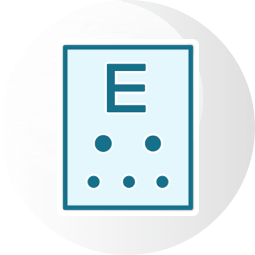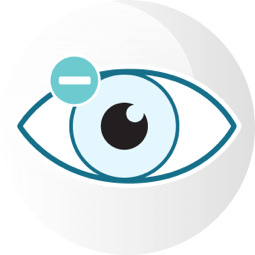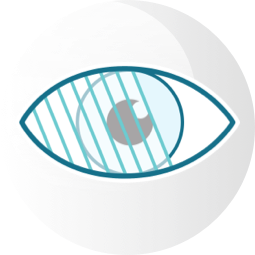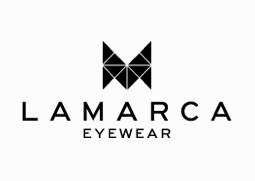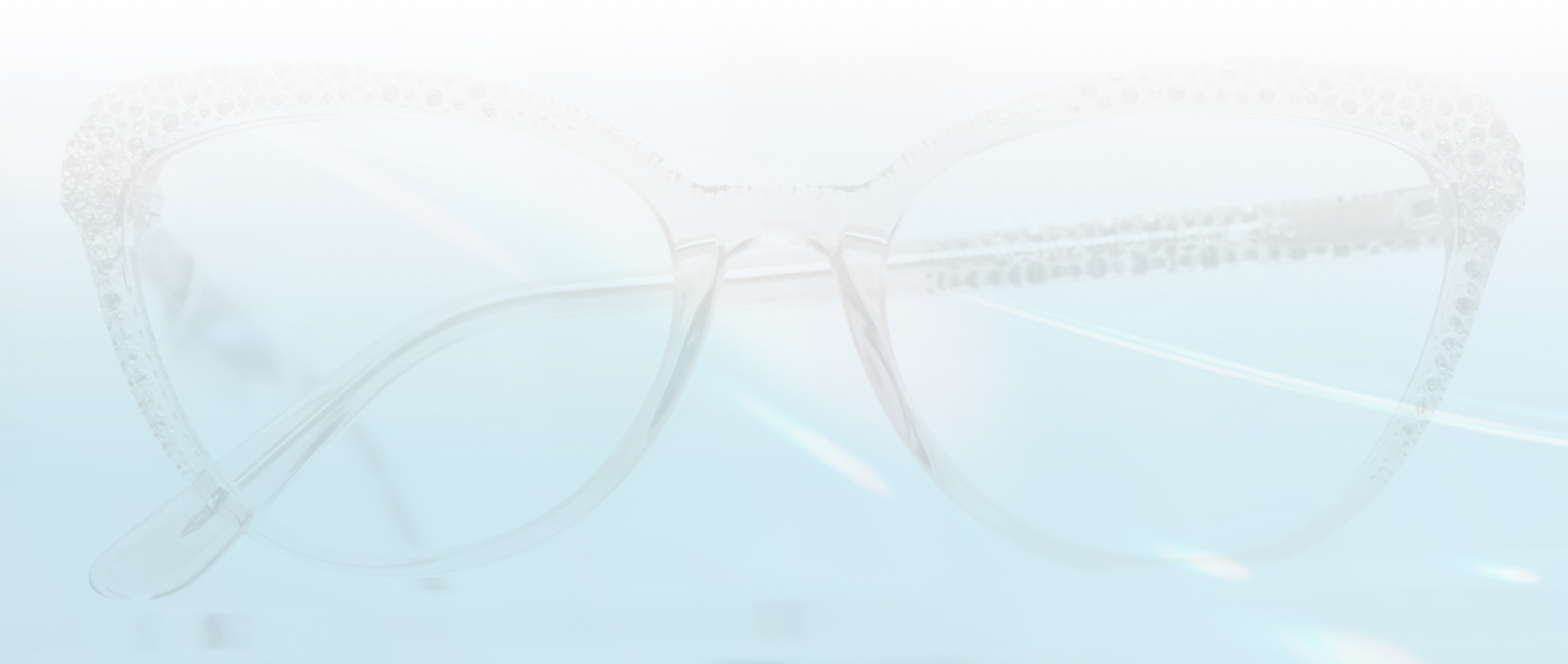Is it possible to reverse myopia? That’s a question many of those with nearsightedness have probably asked at one point or another. Glasses can correct this common refractive error but can’t turn the clock back.
Myopia can’t be reversed, but myopia control can slow its progression in kids whose eyes are still growing. Regular eye exams play a crucial role in managing myopia. They allow optometrists to monitor your eye’s progression and adjust prescriptions accordingly. While we can’t hit ‘undo’ on myopia, we can certainly take steps to manage it effectively.
What is Myopia?
Myopia, commonly known as nearsightedness, is a vision condition that affects nearly 30% of Americans. It’s a type of refractive error—a problem with your eyes that affects how you see. In a healthy eye, light rays land directly on the retina, the layer of light-reactive cells at the back of the eye. The retina sends this information through the optic nerve, where the brain turns it into an image.
Myopia occurs when the eyeball is too long, or the cornea (the clear front part of the eye) is overly curved, causing the light entering the eye to focus in front of the retina instead of onto it. This makes it difficult to see distant objects clearly, while close objects are typically sharp and clear.
What Causes Myopia?
Although myopia can affect people of any age, it usually emerges in childhood and worsens during adolescence. Genetics play a major role in determining who develops myopia; if one or both parents have myopia, their children are at higher risk of developing it as well. However, environmental factors may also increase your chances, such as:
- Excessive screen time
- Lack of outdoor activities
- Reading in poor lighting conditions
Some people may experience “pseudo myopia.” This can happen if you spend excessive time doing near work. Your eyes may be unable to refocus on something in the distance, though this usually fades once you rest your eyes. This can give the impression that myopia is reversing, but you never truly had myopia in the first place.
Correcting Myopic Vision
The most common treatment for myopia is prescription eyeglasses or contact lenses. Eyeglasses are available in many styles and designs, offering a stylish way to meet your unique needs. For people who prefer a more natural look, contact lenses are an alternative to glasses that sit directly on the eye.
Whatever you choose, these devices work by bending light to focus it directly on the retina, which can improve visual acuity and clarity for people with refractive errors. Your optometrist has to measure your refractive error with an eye exam to determine the correct prescription.
One of the closest means we have achieved to “reversing” myopia is laser eye surgery. It doesn’t change the shape of your eye, but a surgeon can use a special laser to reshape your cornea, potentially improving your vision.
Myopia & Your Child’s Vision
Myopia can significantly affect your child’s daily life and, if left untreated, could lead to more serious eye problems in the future, such as:
- Glaucoma
- Cataracts
- Retinal detachment
- Macular degeneration
Alarmingly, myopia is becoming increasingly prevalent among children, with some estimates predicting half the world population could have myopia by 2050. Being proactive about your child’s eye health is, therefore, incredibly important.
Recognizing myopia in children can be challenging. Kids often don’t realize their vision isn’t as clear as it should be; they simply assume everyone sees the world as they do. That is why parents and caregivers need to watch out for signs of vision problems. These may include:
- Squinting or closing one eye to see better
- Sitting too close to the television or holding books very close while reading
- Complaining of headaches or tired eyes
- Frequent eye rubbing
- Excessive blinking
- Tilting the head to one side
If a child is struggling with myopia, it may also affect their academic performance. They might need help seeing the board clearly in class, which could lead to difficulties keeping up with lessons and, subsequently, lower grades. This makes early treatment essential.
Myopia Control
Since myopia can worsen until a child’s eyes stabilize around age 20, myopia control focuses on slowing down the rate at which a child’s myopia progresses. Every child’s eyes are unique, so myopia control plans are individualized to meet each child’s needs.
After an eye exam, your optometrist may recommend a range of myopia control methods, including:
- MiSight 1 Day lenses: These multifocal contact lenses are daily-wear, single-use lenses with 2 different focusing zones. One zone offers clear vision like you would get from traditional contact lenses. The other zone defocuses peripheral light, cueing the eye’s natural response to stop growing. MiSight lenses can reduce myopia progression by 59% on average in children as young as 8.
- Corneal refractive therapy (CRT): CRT uses specially designed rigid gas-permeable contact lenses that gently reshape the cornea while your child sleeps. When the lenses are removed in the morning, the temporarily reshaped cornea allows clearer vision during the day while slowing myopia progression.
- Atropine eye drops: The regular application of a low-dose atropine eye drop has been found to slow down myopia progression. The drops work by relaxing the eye’s focusing mechanism, reducing the “stress” on the eye that contributes to its elongation.
Each of these treatments plays a vital role in managing myopia and preserving your child’s long-term eye health. Discuss your options with an eye care professional who can guide you to a suitable choice for your child.
Taking Charge of Myopia
Early detection and treatment of myopia can help prevent its progression and safeguard your family’s vision. Children are especially vulnerable, so make sure your child gets their eyes checked regularly with McCauley Celin Eyecare Associates.
Don’t wait for the symptoms to appear—being proactive can make all the difference to your child’s eye health. Book your eye exam today!

